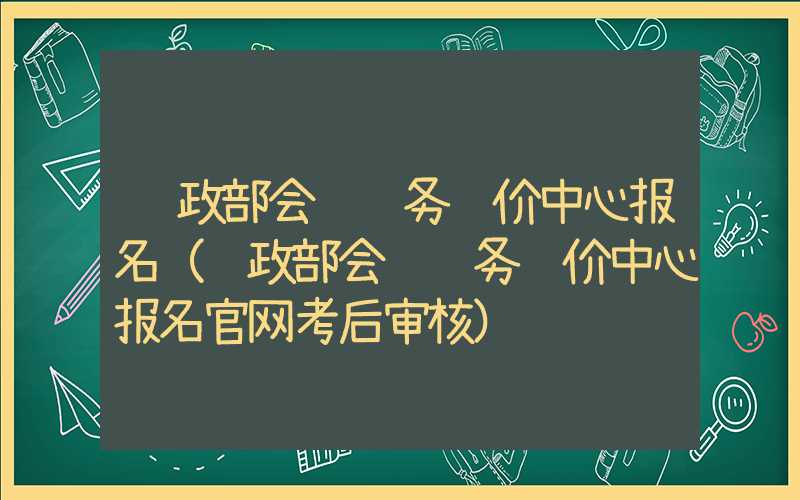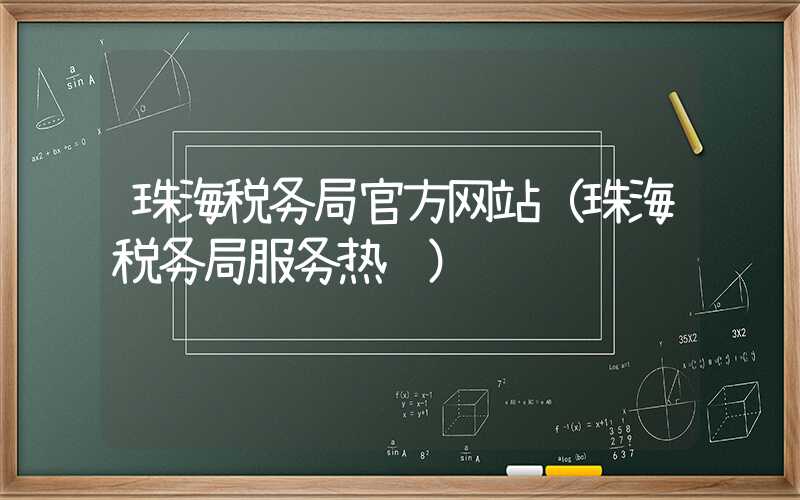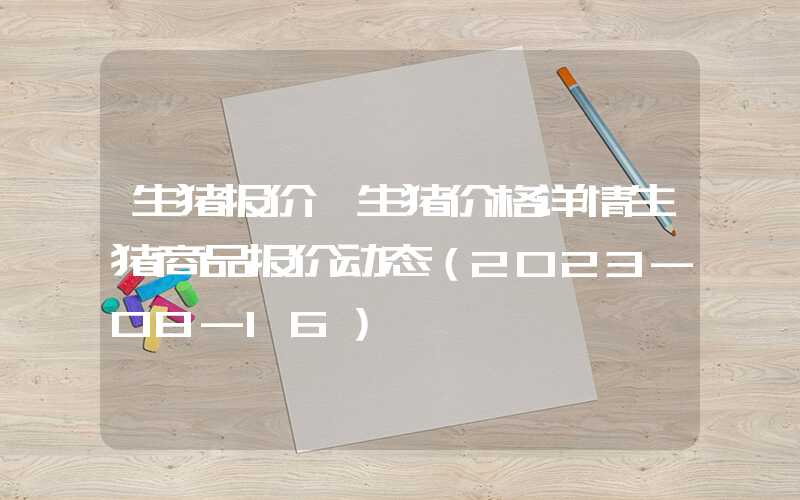华安期货
集运指数(欧线)期货合约设计
36.
集运指数(欧线)期货的总体
设计方案是怎样的?
集运指数(欧线)期货采用“服务型指数、国际平台、人民币计价、现金交割”的设计方案,全面引入境外交易者参与。
37.
为什么选择集运指数(欧线)
作为期货的标的指数?
在集运指数(欧线)期货标的指数选择上,上期能源从现货市场情况(包括运费规模、市场结构、参与者数量、国际化程度、运价标准化程度)、航运指数特征(包括指数影响力、指数波动程度)、服务国家战略(包括服务海洋强国和航运强国建设、服务上海国际金融中心和国际航运中心建设)等角度考虑,选择与上海航运交易所合作,基于上海航运交易所发布的上海出口集装箱结算运价指数(欧洲航线),推动上市集运指数(欧线)期货。
38.
集运指数(欧线)期货合约
是如何设计的?
集运指数(欧线)期货标准合约如下:

39.
集运指数(欧线)期货的合约乘数
为什么定为50元/点?
合约乘数是指数期货合约最根本的属性之一,如果太大,不利于交易者参与,如果太小,不利于满足产业客户大额套保需求。上期能源认为合约乘数采用50元/点较符合目前的实际情况。如果按照2020年6月1日标的指数基期1000点计算,合约面值为5万元;如果按照指数历史最高点2021年9月20日10373.45点计算,合约面值为518,673元。
40.
集运指数(欧线)期货为什么采用
人民币计价和结算?
集运指数(欧线)期货以人民币计价和结算有助于丰富人民币应用场景,促进我国期货市场更高质量发展和更高水平对外开放。
41.
最小变动价位为什么采用0.1点?
境内外指数期货的报价点位通常取值范围是0.1-0.5点。根据历史数据显示,运费市场存在周期性特征,有运价平稳期、运价波动期。选择0.1点,主要侧重刻画运价平稳期的情况。0.1点能够较精细地刻画现货指数变化,同时可以灵活形成各类报价宽度。
42.
期货合约月份有哪些?
上期能源从集装箱现货市场和境内外指数类期货合约的特点出发,在防风险、稳起步的思路下,选择挂盘双月合约,即2月、4月、6月、8月、10月、12月。
43.
交易时间如何?
是否开展连续交易?
交易时间为上午9:00-10:15、10:30-11:30、下午1:30-3:00。上市初期,暂不开展连续交易。
44.
涨跌停板幅度是多少?
集运指数(欧线)期货的日常涨跌停板幅度为不超过上一交易日结算价±10%,最后交易日涨跌停板幅度为上一交易日结算价的±20%。上期能源可以根据市场风险情况,以公告形式调整涨跌停板幅度。
45.
集运指数(欧线)期货实行
怎样的保证金制度?
根据集运指数(欧线)期货涨跌停板幅度(10%),上期能源规定集运指数(欧线)期货最低交易保证金比例为12%。最后交易日前第七个交易日起,最低交易保证金比例提高至20%,最后交易日前第二个交易日起,最低交易保证金比例提高至30%。
上市初期,集运指数(欧线)期货不按单向大边收取交易保证金,即持有买卖双向持仓时,按双向持仓计算交易保证金。
上期能源可以根据市场风险情况,以公告形式调整交易保证金标准。
46.
集运指数(欧线)期货的最后交易日、
交割日是如何确定的?
从确保现货指数发布日、期货最后交易日、期货现金交割日在同一天,同时尽量避开长假影响的角度,上期能源选择期货合约交割月份最后一个开展期货交易的周一作为最后交易日,同时可以根据国家法定节假日等调整最后交易日。
交割日同最后交易日。
Design of SCFIS (Europe Service)
Futures Contract
36.
What are the general design
principles behindthe SCFIS
(Europeservice)futures
contract?
SCFIS (Europe service) futures (EC) contract is designed based on the general principles of “service index, international platform, RMB denomination, and cash settlement” to fully engage overseas traders.
37.
Why is SCFIS (Europe service)
chosenas theunderlying index?
In selecting the underlying index, INE has taken into account the state of the spot market (e.g., freight rate scale, market structure, number of participants, degree of internationalization, and standardization of freight rate), shipping index profile (e.g., its influence and volatility), alignment with national strategies (e.g., whether the index is helping build China into acountry withstrong maritime and shipping industry andShanghai into an international financial center and international shipping center), and the supporting policies. INE finally chose SSE and use its SCFIS (Europe service) as the underlying index for the EC contract.
38.
What are the specifications of
EC contracts?
The specifications for a standard EC contract are as follows:

39.
Why is the contract multiplier set
to50 yuanper index point?
The contract multiplier is one of the defining parameters of an index futures contract.An overly large multiplier will create a high barrier to market access. But if it is too low, the contract would not meet the significant hedging needs of the industry players. INE believes 50 yuan/index point is a reasonable figure for the contract multiplier.
Each EC contract is valued at RMB 50,000 based on the base date value of the index (1,000 pts) on June 1, 2020, RMB 518,673 based on the high value of the index (10,373.45 pts) on September 20, 2021.
40.
Why are EC contracts priced
and settled inRMB?
This will create additional applications for RMB and also promote the higher-quality development and opening up of China’s futures market.
41.
Why is the minimum price
fluctuationset to0.1 index point?
Domestic and overseas index futures generally have a minimum price fluctuation of 0.1 to 0.5 points. Past data show that the freight market is cyclical, comprising periods of stable prices and periods of volatile prices. The minimum price fluctuation is set to 0.1 points to primarily account for the stable periods. This size can fairly accurately capture the changes in the spot index and readily cover the various quotation ranges for the futures contract.
42.
What are the contract months?
In view of the characteristics of the spot market and other domestic and overseas index futures contracts, and seeking to prevent risks, ensure a smooth start, INE lists the EC contracts for even months, i.e., February, April, June, August, October, and December.
43.
What are the trading hours of
EC contracts?
Is continuous trading available?
The trading hours of EC contracts are 9:00–11:30 a.m. and 1:30–3:00 p.m.; continuous trading will not be available at the primary stage after listing.
44.
What’s the daily price limit?
The daily price limit of EC contracts is ±10% of the previous settlement price; that on the last trading day is ±20% of the previous settlement price.
45.
What is the margin rule for
EC contracts?
As the daily price limit of EC contracts is ±10%, INE plans to set a minimum trading margin requirement of 12%. In regular trading, the margin requirement will be 12%. Specifically, the minimum trading margin is raised to 20% starting from the seventh trading day before the last trading day, and to 30% starting from the second trading day before the last trading day.
At the primary stage after listing, if an investor holds long and short positions, margin is required for both positions instead of the larger-side position only.
In addition, INE may adjust the trading margin requirement through announcements based on the level of market risks.
46.
How were the last trading day and
deliverydate determined?
To ensure that the spot index publication date, the last trading day and cash settlement date of an EC contract fall on the same date, and to avoid the impact of long holidays, INE has chosen the last futures-trading Monday in the delivery month of the contract as its last trading day. Also, this date is subject to change based on national holidays and weekends.
The delivery date is the same as the last trading day.

















































